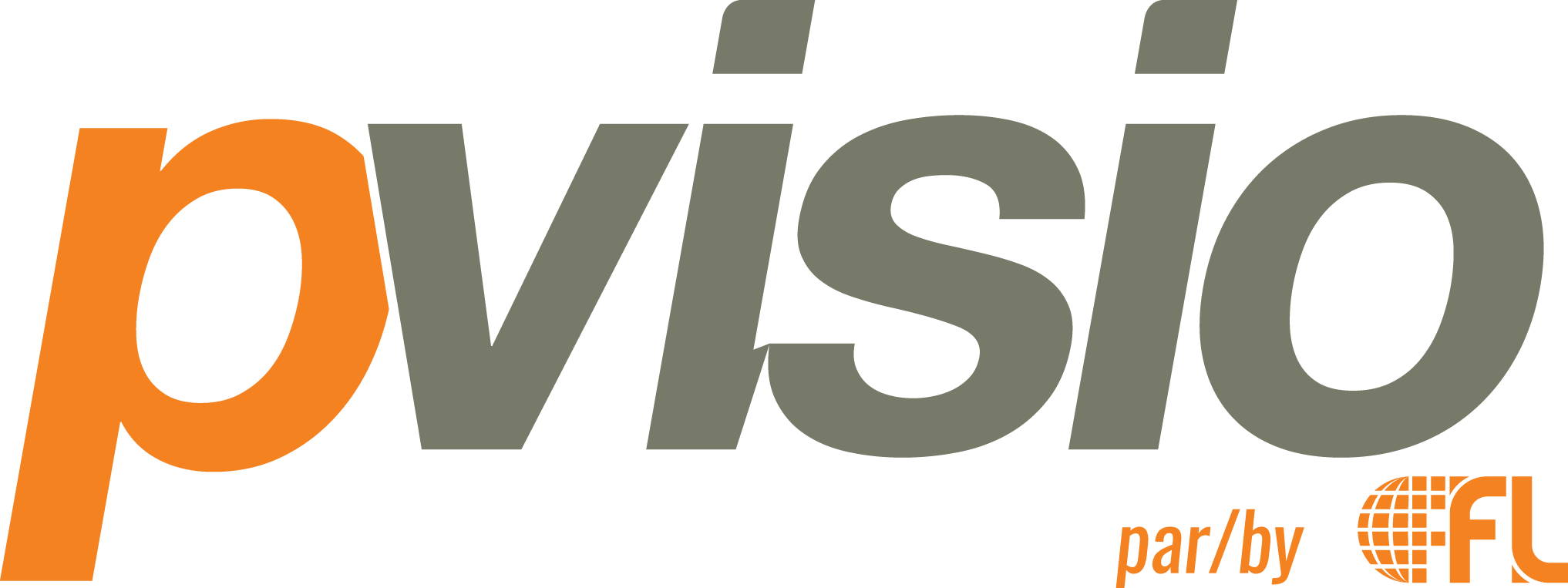We can probably all agree that meetings take up a lot of time at work that can be best spent by actually working. Meetings are often unproductive, but why? Isn’t the purpose of meetings to foster communication, generate new ideas and come together to achieve common goals? Here are some very useful tips to increase the effectiveness of your meetings and make them more productive!
Electing the leader
Just like an organization, a meeting cannot run without a strong leader. Often times, the meeting leader is the one who organizes or calls for the meeting, but not always. A leader can be elected by a group based on his/her ability to lead the discussion, be credible and take ownership of the meeting’s goal and purpose. A leader needs to be assertive. Once the leader has been selected, his/her role is to formulate the agenda, select participants and coordinate the logistics of meeting. During the meeting, the leader’s role is to ensure conversation flows, the agenda and start/end times are being respected and oversees the general efficiency of the meeting. The leader’s main challenge is to walk the fine line between being authoritative enough to properly control the meeting yet laid back enough to make the experience as enjoyable and productive as possible.
The agenda
Attending a meeting with no agenda is like visiting a new city with no map. Around the table, people can go in circles discussing topics with no real relevance and never reach a decision. Thus, the meeting leader’s role is to formulate an agenda based on the meeting’s goal and objective. The agenda should be sent to all participants a day or two in advance to ensure that all participants come prepared. This will serve as the roadmap for the meeting and will allow participants to tackle one topic at a time. When formulating the agenda, ensure topics are results-driven by using action words such as “determine”, “decide”, “select”, etc. It is important to avoid vague and poorly written items.
Take notes
We often underestimate the importance of taking notes. Coming to a meeting with a pen and notepad or laptop sends the message that you are serious and ready to be engaged in the meeting. For larger groups, especially for those who meet on a regular basis, having a dedicated “minute-taker” is crucial for recording information. The meeting minutes should contain the actions to be taken following the meeting, the person assigned to each action, and the targeted deadline for completion. It is important for the minute-taker to then share the notes with all participants within a couple of days following the meeting.
Set ground rules
There are many common irritants to group meetings that lead to frustrations and unproductivity. Most commonly, meetings start and end late; participants get distracted with their phones; there is always one or two people who hog the conversation; participants go off tangent … the list can go on! To avoid falling into one of these traps it is important for the group to set ground rules before the meeting. This is especially useful for groups who meet on a regular basis. Setting the ground rules means deciding how to deal with tardiness, cellphones ringing, taking breaks, going over the set time, etc. Once the group has decided on how to deal with these irritants, it puts everyone on the same page. The meeting leader’s role is then to ensure the group respects the rules and deals with nuisances accordingly.
Follow-up!
A meeting is perceived to be productive if it results in concrete action being taken. It is crucial for the meeting leader to follow-up with the attendees by giving them an update or “progress-report” on the meeting’s objectives. Otherwise, participants will feel like they have just wasted their time. The meeting leader’s role is ensure people are held accountable to the action items assigned to them. He/she should follow up with respective individuals to ensure things are getting done by the agreed-upon deadline. Communication is key!



